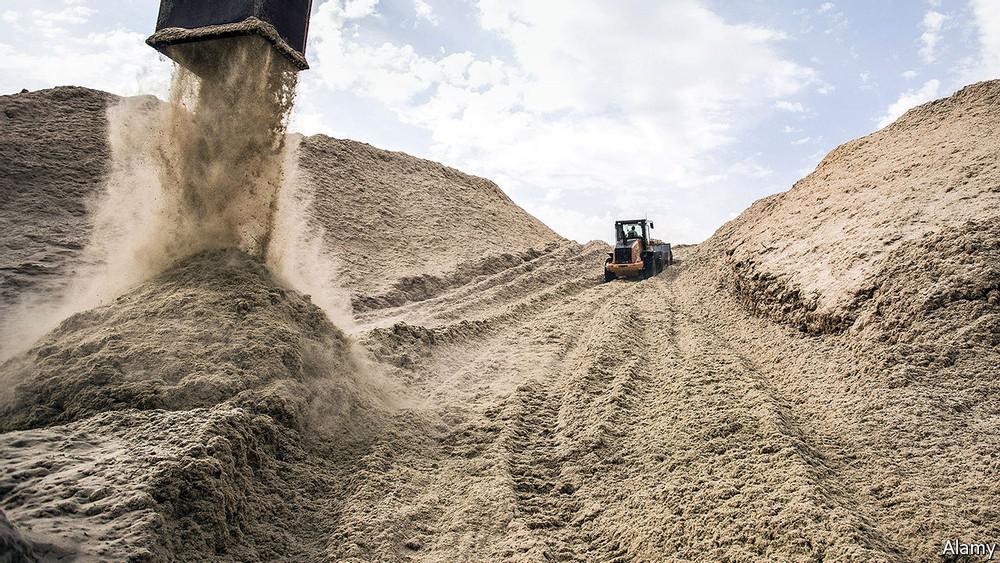
They can be made with the waste from sugar cane. Sugar cane contains around 10% sugar. But that means it contains around 90% non-sugar—the material known as bagasse (pictured) which remains once the cane has been pulverised and the sugar-bearing juice squeezed out of it. World production of cane sugar was 185m tonnes in 2017. That results in a lot of bagasse.
At the moment, most of this is burned. Often, it fuels local generators that power the mills, so it is not wasted. But Zhu Hongli, a mechanical engineer at Northeastern University in Boston, thinks it can be put to better use. As she and her colleagues describe in Matter this week, with a bit of tweaking bagasse makes an excellent—and biodegradable—replacement for the plastic used for disposable food containers such as coffee cups...[+]


